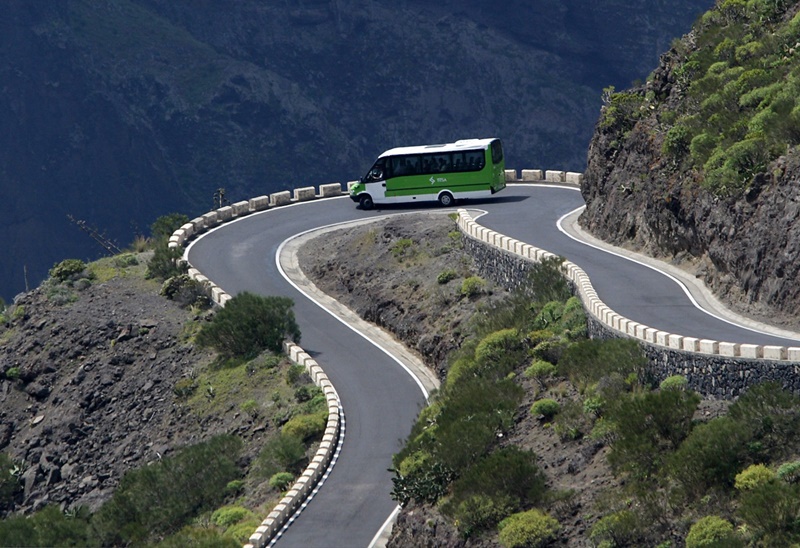The Governing Council approves the proposal of the Ministry of Public Works, Transportation and Housing, directed by Sebastián Franquis, to proceed with the transfer between the seven island councils of the 47.5 million euros that the Government of Spain has granted to the Autonomous Community of the Canary Islands to finance regular public transport of travelers. For the second year in a row, the General State Administration expands this item for the islands by 20 million, since this subsidy is originally 27.5 million euros.
To this item granted by the State must be added another 10 million euros of own funds provided by the regional Executive through the General Directorate of Transportation and which have already been distributed among the councils, so that finally a year will be transferred total of 57.5 million euros.
With this departure from state and regional funds, the operability of the public passenger transport system by road of the Archipelago is guaranteed since the councils will then distribute these aids among the different operators that operate on each island. These companies of urban or intercity passenger collective transport, both in buses and by tram, may use this subsidy to finance operating expenses or to guarantee bonuses established for students, retirees and other beneficiary groups.
The Executive will now proceed to the transfer of that amount to the Cabildos because it is these institutions that have delegated powers in regular land transport. The number of beneficiary operators is 14 throughout the Archipelago, being per island: one in La Palma, one in El Hierro, one in La Gomera, two in Tenerife, two in Lanzarote, six in Gran Canaria, and one in Fuerteventura.
The amount per island is as follows:
El Hierro: 1,011,500 euros
Fuerteventura: 2,490,500 euros
Gran Canaria: 19,473,000 euros
Tenerife: 18,428,000 euros
La Gomera: 1,204,000 euros
La Palma: 2,421,750 euros
Lanzarote: 2,471,250 euros
For the justification of these funds, the Ministry issues an order by which the Cabildos must justify a series of indicators, such as kilometers traveled, places offered, travelers per line, fares by title, audit of their financial statements, number of vehicles, age fleet average, investments in mobility and policies to reduce ecological impact, as well as several quality indicators such as number of stops with marquee, with SAE system or customer satisfaction surveys.





